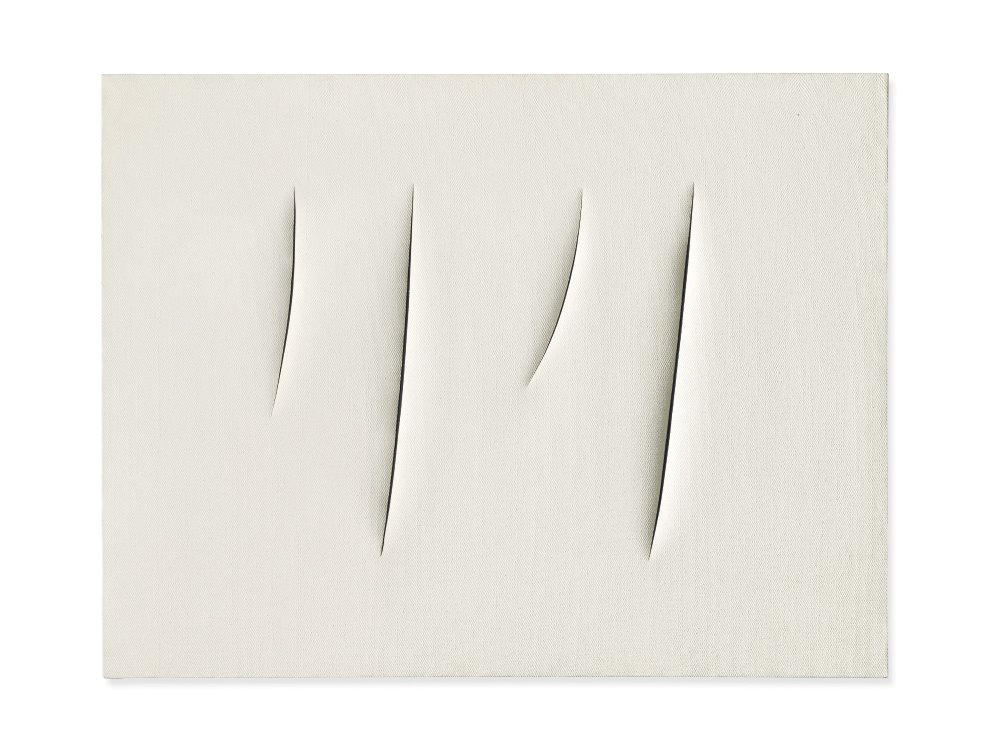CARNET DE VOYAGE by Roberta Olcese
How much is the online sales market worth? The pandemic has speeded up the drive to buy digitally – as can be seen from the international auction results – and convinced thousands of enthusiasts and investors to choose masterpieces with one click. “Buying works of art must be a pleasant experience, even when it’s online. Collectors want to be surprised by the quality of the objects”. Charlotte van Leerdam, managing director of Tefaf, concluded the first edition on the web – which temporarily replaced the autumn appointment at the Park Avenue Armory in New York from November 1st to 4th – with over 30,000 visitors registered on the new digital platform launched for the occasion, waiting for the live edition at the end of May in Maastricht.
How did it go? “Better than expected, VIP collectors and others were satisfied, the responses were positive. We gained many new customers in addition to our faithful ones “.The first comments are of great enthusiasm. They encourage us to implement this new medium. The first experiment could actually become a format. “We are analysing whether it is worth presenting a special edition next March, in the days when we should have had Maastricht in June 2021”.
The results were rewarding, with sales of even six zeros as in the case of Vilhelm Hammershøi’s 1913 painting “Interior with a Woman Standing”, sold for $5 million. Digital could indeed represent the turning point in the art market at a time of global uncertainty caused by the pandemic. The six-figure works were not lacking in the gallery owners’ proposal, in particular Lucio Fontana’s 1960 Concetto Spaziale su fondo bianco e Quattro tagli (Spatial Concept on a White Background and four cuts). Among the rare and wunderkammer pieces is an 18th century clock in the shape of an obelisk made of precious stones and gold with four sphinxes, signed by Johann Heinrich Kohler.
The first pilot edition of Tefaf online brought together almost 300 exhibitors from all over the world who displayed a single object each with images, videos and detailed captions, which was then subjected to the vetting filter.
“Tefaf is the only online fair to verify the authenticity and quality of the items on sale through a qualified committee”. The organization undelines.
As usual, the masterpieces have covered a time span of 7,000 years of art history with all categories represented.
The digital version made it possible to trace the origin of the public with extreme precision. “The great novelty is that online visitors are identified, guaranteeing privacy, and their movements and the time they linger on a painting are tracked”. There has been a large influx of collectors, curators, museum directors, Americans, Chinese, South Americans and the traditional European flow. Representatives of the African market were absent. Good participation also from Russia, Hong Kong and Singapore.
Exhibitors were behind the PC for four days, replied to interested parties, collected bid and undertook remote negotiations. But the margins for growth are there. Today’s digital trade fairs still cost little, between 500 and 5,000 euros. By investing in technology and marketing there is plenty of room for growth and loyalty. The internet is a new way of doing business. The manager notes: “We understand that we need to make it even easier to upload videos and social elements. It’s clear that you can’t replicate on virtual reality what happens at live trade fairs”.
It is very difficult to recreate online the emotion you feel at a gallery owner’s stand, when it is easy to close the purchase because you know the insurance and transport services and maybe the work has been viewed together with your art advisor. Virtual trade fair experts have calculated that the time invested on online platforms is about two hours. On top of that, it is difficult to maintain concentration without a break as is usually the case in the corridors of the Mecc in Maastricht between a fish tart and a champagne flûte.
“We want to further improve the platform in order to reduce distances, make it easier to participate and be close to the needs of sellers and buyers,” explains Van Leerdam. Even the controversial decision to exhibit only one work – while at Frieze it was possible to set up virtually the entire stand by recreating a viewing room – seems to have worked: “Betting on just one masterpiece led us to make a selection that best represented the offer of each gallery and highlight each artist in full. The exhibitors said.
Van Leerdam highlights another aspect not to be underestimated when it comes to online shopping: safety. “It’s too early to establish criteria, but we have studied the e-commerce market and the European Community has shown itself to be very safe in order to guarantee and protect the buyer in case of cancellation of sales. I think that those who approach this new world must take this into account”.

